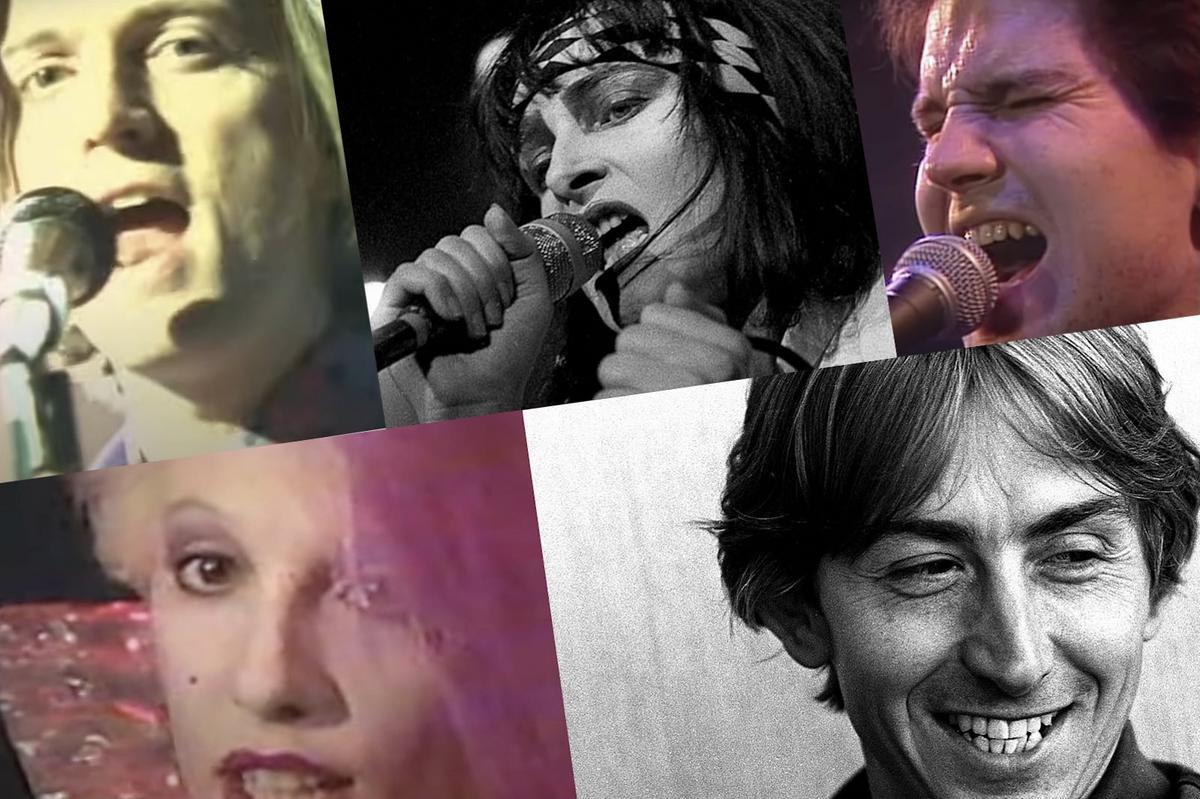New wave got its start in the late ’70s with flinty records by Elvis Costello, Graham Parker and Joe Jackson, then was refined into the new decade by forward-thinkers like the Cars, Roxy Music, Gary Numan and Talking Heads. As the ’80s dawned and MTV followed, they joined a string of freshly crowned stars.
But like radio before it, MTV had a way of creating one-hit wonders. The novelty of music videos perhaps inevitably led to a novelty approach to the process. Some of the songs and many of the clips – and, quite frankly, a few of the acts – were overly jokey. Others haven’t aged well.
In the record-label rush to sign, record, tour and (most importantly back then) push new video from the Next Big Thing onto the airwaves, some very promising performers were left behind. That mirrored the previous era of radio, too.
READ MORE: New Wave Acts Who Belong in the Rock Hall
We’ve returned to five new wave acts that should have been bigger, if it weren’t for fate – and, in some instances, the giant divide created by the Atlantic Ocean. Several had success in the U.K., while being largely ignored in America. Others just had bad luck. One proved far more influential than anyone would have guessed back then. It just took time (and Radiohead) to make their impact known.
5. Missing Persons
YouTube / Evangeline Aces
Missing Persons went missing after consecutive singles “Words” and “Destination Unknown” both stalled outside the Top 40 in 1982. Singer Dale Bozzio’s outlandish style in the accompanying videos may have made them seem like a novelty act. The truth, however, is that Missing Persons had a deep well of musical talent – and some highly recommended deep cuts. Four of its five members had previously worked with Frank Zappa, including Bozzio and her then-spouse, the audacious drummer Terry Bozzio. Secret-weapon guitarist Warren Cuccurullo was later a member of Duran Duran, co-writing the quite gorgeous “Ordinary World.”
4. Lloyd Cole
You Tube / Philscreen
He spun off four consecutive Top 20 LPs in the U.K. But following a trend with underrated new wave acts, Lloyd Cole’s biggest Billboard single was 1987’s somewhat jokey “My Bag,” released after some of his very best albums had been largely ignored in the U.S. Every song from Rattlesnakes, his 1984 debut with the Commotions, was better. Cole went solo, did orchestral music, launched another band, tried soundtrack work and even electronica. Unfortunately, nothing seemed to work – well, in America anyway. Standards, an absolute gem from 2013, recalled his original glories but never got trapped in the past.
3. Siouxsie and the Banshees
David Corio / Redferns, Getty Images
Siouxsie and the Banshees emerged from the punk scene, but were never defined by the genre. Or, really, any genre. That may have initially made them too hard to pin down for American audiences, even as Siouxsie’s first nine albums went Top 20 in the U.K. They finally began making fleeting Billboard appearances toward the end of the ’80s (“Peek-a-Boo” and “Kiss Them for Me” topped the alt charts in 1988), but only after smoothing out the edges considerably – at least musically. Siouxsie continued as one of the era’s most daring and inventive performers, and that was no easy feat in the technicolor ’80s.
2. Prefab Sprout
YouTube / Prefab Sprout
British audiences embraced them, as Prefab Sprout soared into the Top 40 album charts nine times. “The King of Rock ‘n’ Roll” was a (well-deserved) Top 10 hit in the U.K., too. An early association with Thomas Dolby should have helped in the U.S. They probably expected more momentum after 1985’s “When Love Breaks Down” just missed the Top 40 on the college-rock charts. But that was as close as Prefab Sprout ever got to mainstream notice in the U.S., despite writing some of the catchiest, strikingly literate and deeply compassionate music of the era. Frontman Paddy McAloon eventually just packed it in.
1. Talk Talk
Martyn Goodacre, Getty Images
Talk Talk was pigeon-holed into synth-pop after the artfully introspective title track from 1984’s It’s My Life reached the Billboard Top 40 and went platinum in the U.K. But the late Mark Hollis‘ restless imagination defied categorization. By the time Talk Talk got to the ’90s Spirit of Eden and Laughing Stock had invented the post-rock movement now widely associated with Radiohead. The shift actually started immediately after It’s My Life, when Talk Talk stirred jazz and art rock into 1986’s The Colour of Spring. Their new MTV fans began running for the exits, but Talk Talk clearly had larger aspirations – and they achieved them.
Top 40 New Wave Albums
From the B-52’s to XTC, Blondie to Talking Heads, a look at the genre’s best LPs.
Gallery Credit: UCR Staff



